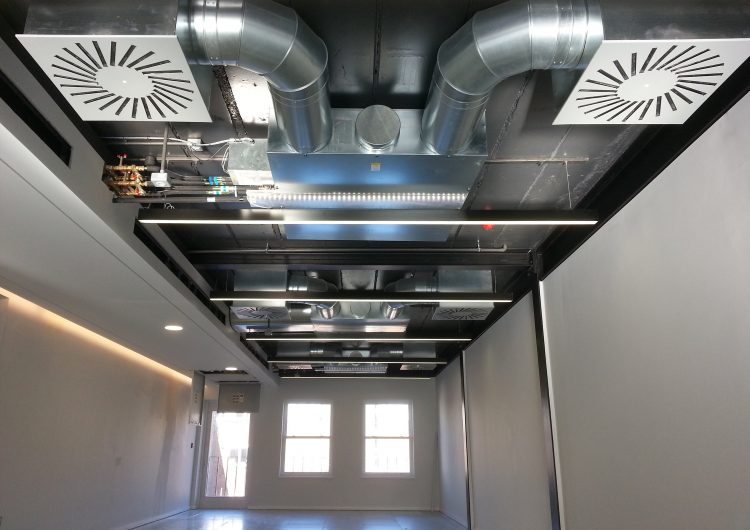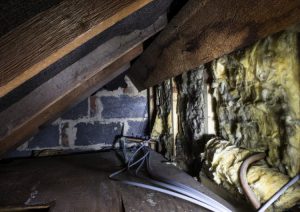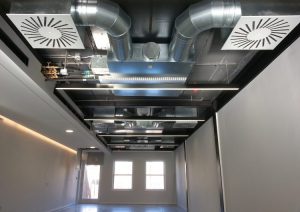High humidity levels cause condensation, which manifests as water droplets on your ducts. How does this condensation affect your ductwork?
During summer, as humidity levels on the outdoors rise, you may start noticing water droplets forming on the base of your air conditioning system. This is as a result of warm, humid air hitting the air-conditioner, and then being condensed into water droplets.
These droplets may look harmless, but if left unchecked, they may lead to efficiency problems in your home, including water damages, mold, and mildew problems.
The most common causes of ductwork condensation are;
- Excessive Moisture in the Air
- Poor Air-Conditioning System Insulation
- Dirty Air Filters
- locked Ducts
What are the top problems caused by ductwork condensation?
- Water Damage
If the ducts are in a water susceptible area of your home like the drywall or above the ceiling, any dripping water from the condensation may cause water damage. This then raises the need for frequent, costly repairs.
Electrical wiring in the walls or ceiling also poses an additional risk of fire damage.
- Reduces Insulation’s R-Value
Water dripping from the ductwork into your home’s insulation degrades it, making it less effective. This, in turn, makes your home less energy-efficient and ultimately increases the energy bills.
- Mold and Mildew
The water droplets from the condensation may attract mold and mildew. If unchecked, this mold can spread through your home, sometimes even attacking the furniture, wardrobe, or worse, your home’s structural integrity.
Pores released from the mold often trigger respiratory problems such as rhinitis, asthma, or allergies.
Solutions to Ductwork Condensation Problems
- Ductwork Insulation
Properly insulating your ductwork would ensure that the air temperature differences between the outside and the inside of your air conditioning ducts do not cause the ductwork condensation.
Insulation also reduces the possibility of leaks in the system, which then becomes more efficient, making you spend less on energy.
- Change Your Air Filters Regularly
Ensure you replace the air filters in your air conditioning system regularly (one to three months is recommended). If you are a pet owner, or if someone in the house has dust allergies, you can replace the air filters more often.
- Control the Humidity Around Your Air Ducts
If you live in a humid climate, you can use a dehumidifier on the area around the ductwork. You can also cover the ducts with soil if they are located in your crawl space, or ensure the attic is well insulated and all cracks seal if the ducts are in your attic.
Always keep the ducts well-spaced out to enhance proper airflow between them.
- Maintain the Ducts
Check for leaking ducts and repair them as soon as they are detected. If there are joints that have disconnected, be sure to rejoin them and upgrade any ducts that are beyond repair.1 Unblock the duct’s frequently for anything that may restrict airflow.
Preventing condensation inside ductworks saves you money
Ductwork condensation causes water damage, attracts mold and mildew, and affects the efficiency of your home’s insulation. Rectifying these inefficiencies will cost you money, which is why it’s recommendable to protect your ductwork to reduce the chances of condensation taking place.
Links to sources used
- Minimizing Energy Losses in Ducts- https://www.energy.gov/energysaver/minimizing-energy-losses-ducts




